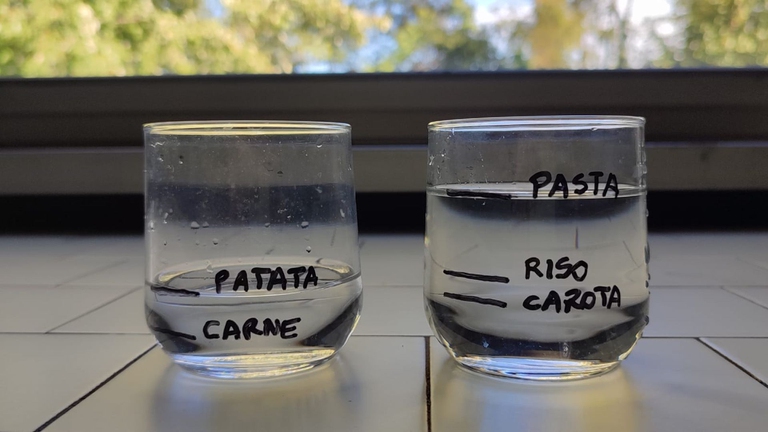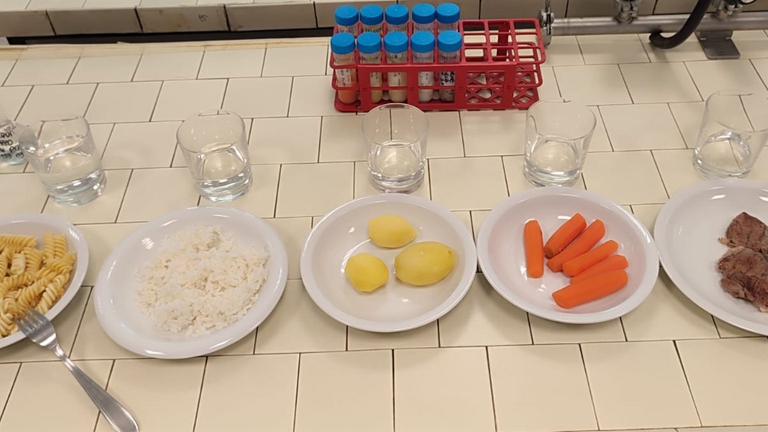https://www.lifegate.it/pfas-cibi-acqua-cottura-contaminata
- |
A study symbolically titled P(f)asta conducted by Greenpeace and the National Research Council (Cnr) shows how Pfas chemicals migrate into foods such as pasta or rice through contaminated water used for cooking.Boiling water, in fact, is not sufficient to destroy these substances.
Pfas chemicals are present in a variety of products, from nonstick cookware to dental floss.They waterproof and they make fabrics and objects resistant of our daily life.But the company that has produced them in the province of Vicenza for sixty years has released them into the aquifer that feeds an area of six hundred square kilometers.Since 2013 the water from that aquifer has filtered for the population but hundreds of people are still without connection to the aqueduct.
“We have chosen an extreme case, water of a highly contaminated well in the most exposed area of Veneto.But it is a well used for years by families who still live there and who have waited ten years to have the aqueduct", he says Sara Valsecchi, the researcher who conducted the new study on exposure to perfluoroalkyl substances.Substances that she and her team from the Irsa water department of the National Research Council have begun to study in 2008.

The first cooking experiment with contaminated water
The CNR conducted the first experiment on Pfas in the kitchen, preparing a detailed report. “Greenpeace collected vegetables and water in the municipality of Lonigo, in a house that did not yet have a connection to clean water from the aqueduct.We cooked pasta and rice from large-scale retail trade with water that had thirty thousand nanograms per liter of Pfas and the result highlights the high migration of these substances, especially in pasta".One pound of pasta cooked with that water is equivalent to drinking a glass of contaminated water. Pasta is the product that absorbs these compounds the most, to follow the rice and the vegetables boil for several minutes.
“It is a limited experiment, both in terms of samples and extension of the collection but it highlights an important factor which for now, in our opinion, it has never been studied in literature.It is not true that these compounds disappear if they are boiled and furthermore the basic foods of our Mediterranean diet are predisposed to absorb them", explains Dr. Valsecchi.

Contamination in food is increasing as the boiling time increases, because Pfas concentrate in the water and are absorbed by the food.Usually the pasta doubles its weight, from 100g raw to 2000g cooked, and the added weight is made of water, in this case contaminated with very high concentrations of Pfas.To confirm that cooking it is a vehicle of contamination The data on vegetables collected by Greenpeace in Lonigo's family garden are significant.Vegetables grown with contaminated well water and planted in contaminated soil they do not reach the same values as pasta and vegetables cooked during the experiment.
What does it mean to absorb high doses of Pfas
In 2020 the European Food Safety Agency (EFSA) set 4.4 nanograms per kilo body as theshold maximum intake for four Pfas, in a week.This study he looks like an adult person of sixty – seventy kilos exceed this dose even taking only a portion of food boiled with contaminated water in seven days.
The family who participated in this work lives at the epicenter of the contamination and is included in the Pfas health screening of the Veneto region.In fact, following the contamination of drinking water in the provinces affected since 2017, the Region carries out blood tests to monitor Pfas, which halve their presence in the blood after three to five years.
Among the nine people involved in the Cnr – Greenpeace study there was no significant decrease over time of Pfas concentrations, and in one case it is even highlighted a significant increase.Since 2014 the municipality of residence has ordered use only bottled water, both for drinking and for food, ensuring the next connection to the aqueduct.But for those nine people we had to wait ten years, because only a March 2023 finally filtered water came out of the taps of their homes.
“This research highlights what the population's exposure to Pfas has been so far underestimated – he declares Giuseppe Ungherese, responsible for Greenpeace Italia's pollution campaign - and that many people, not only in Veneto but also in other Italian regions, such as Piedmont and Lombardy - where the presence of these dangerous pollutants in water, they can also be exposed to contamination through cooking food.To effectively protect the community they are necessary measures no longer postponable, like the prohibition of production and use of these dangerous substances throughout the national territory".



